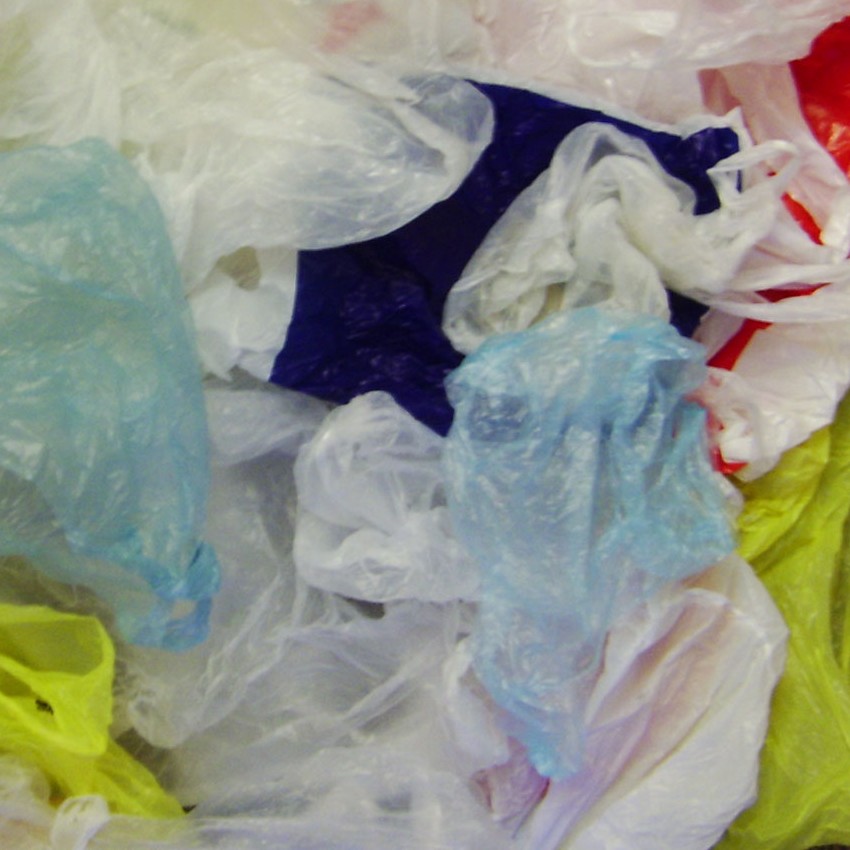Published:
Plastic has now become an inseparable aspect of our lives. Convenient and user-friendly, it has enhanced our lives in many ways. However as our reliance grows, we need to be cautious of the side effects. Since its mass-production in the 1950s, 4.9 billion tons have been sent to landfill, and only 600 million tons have been recycled. There is only so much space on Earth. Scientists and environmentalists from all over the world are trying to find solutions to solve the issue of single-use, unrecyclable waste.
Compostable plastics refer to materials that can break down into carbon dioxide, water, and biomass. It must also disintegrate and cannot leave any toxic residue behind. Ingredient wise, they are made from naturally occurring polymers, like cellulose rather than petroleum. Most of the time, these materials can only be composted under certain environments in industrial settings. Not only are their afterlives more environmental-friendly, but their production process also aims to reduce energy usage. For example, a New Zealand company called EcoWare sells bioplastics that have an 80 percent lower carbon footprint than regular plastics.
In addition to these innovative alternatives, countries are also implementing policies to address this issue. Single-use plastic bags are already banned in 32 countries, and 127 countries have implemented some type of policy regulating plastic bags. Many small, island countries tend to have stricter policies. These efforts are aimed at reducing damages to the ecosystem and marine life.
As awareness increases, regulations are tightening and people are becoming more cautious of their purchasing choices. In addition to consumers and governments, it is also important for industry leaders to focus on sustainability issues. Many fast-food chains and beverage companies are starting to consider greener options for packaging. This will be a slow process, but as new technologies and alternatives surface, hopefully the side effects of plastics will gradually decrease.
File under






